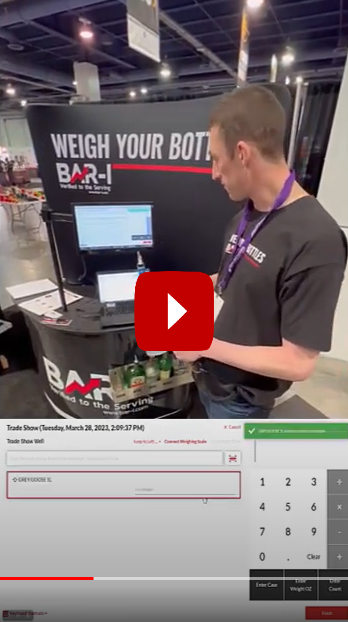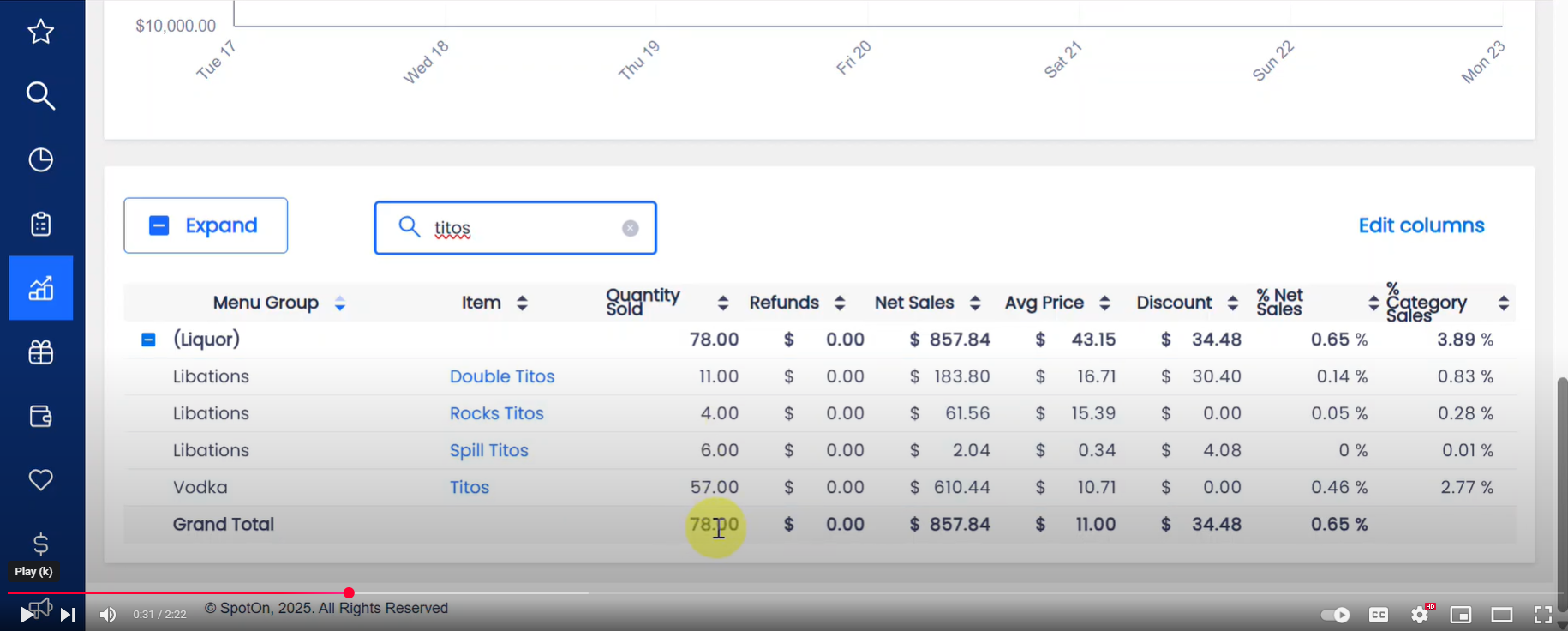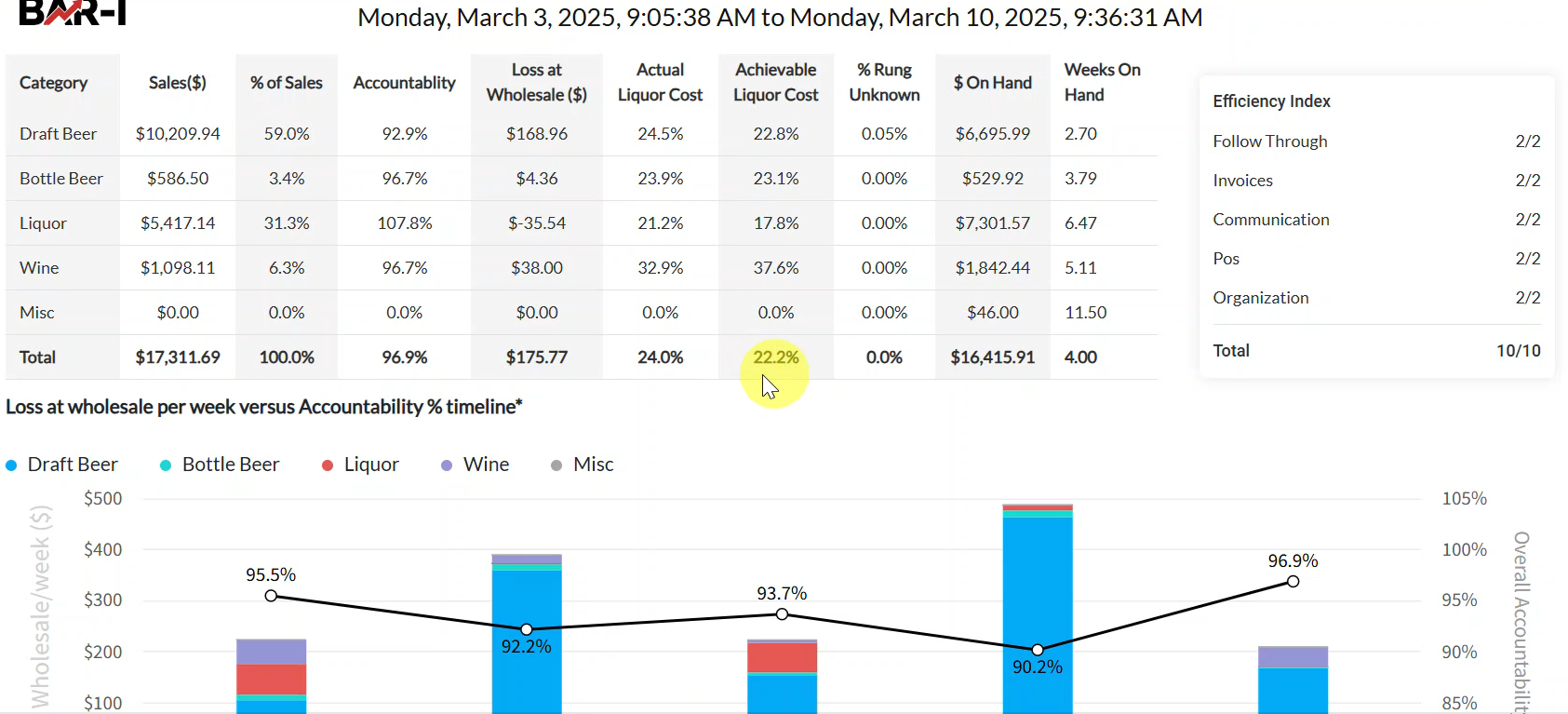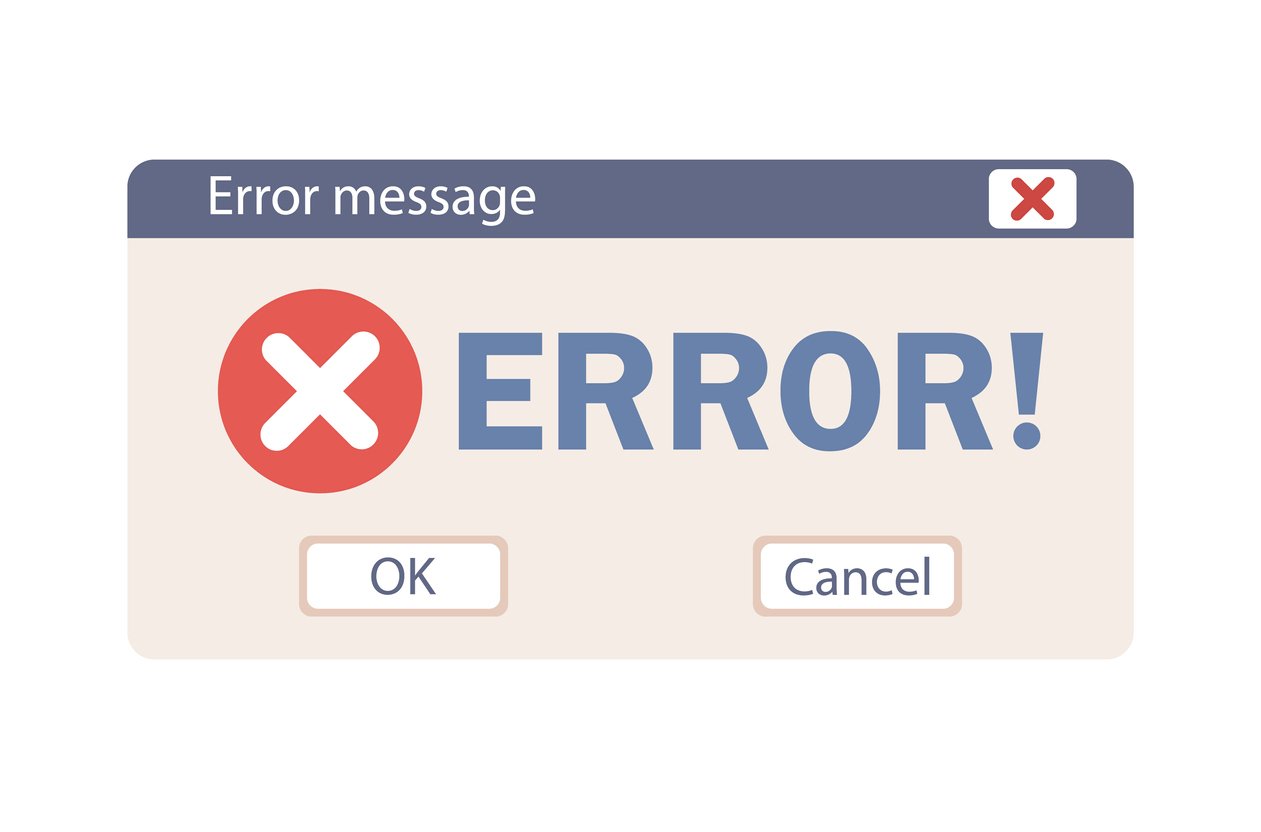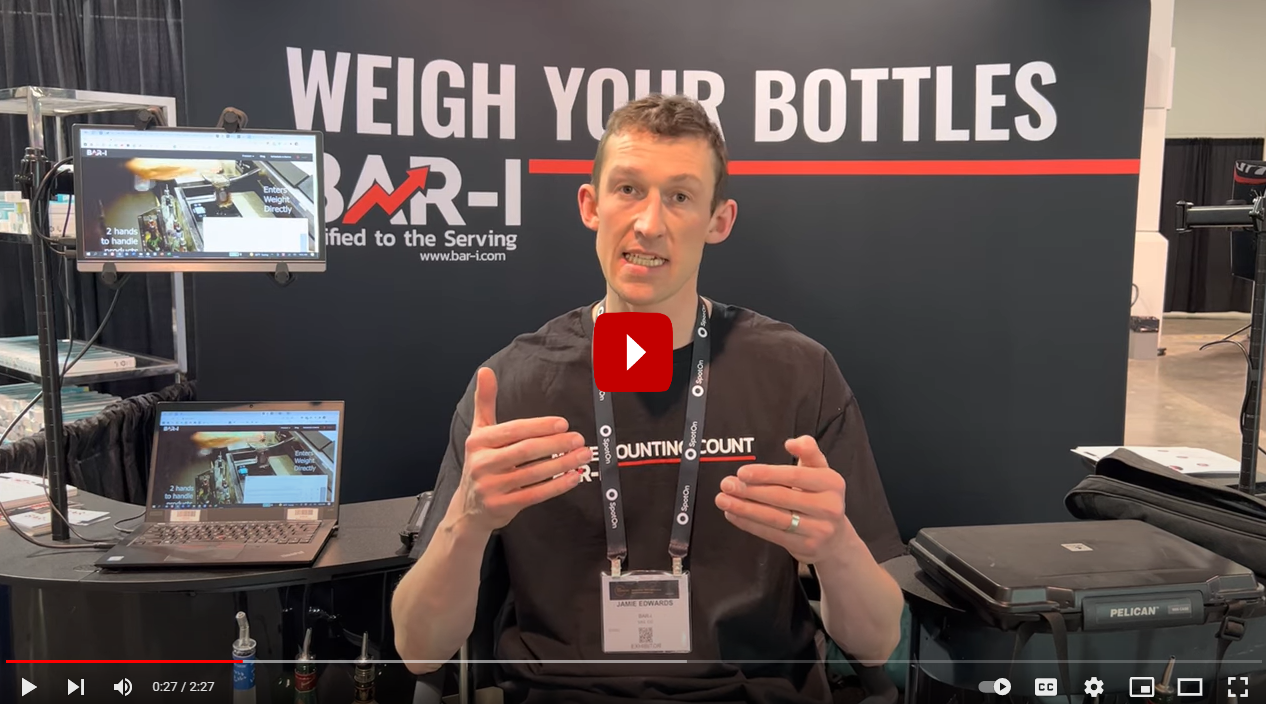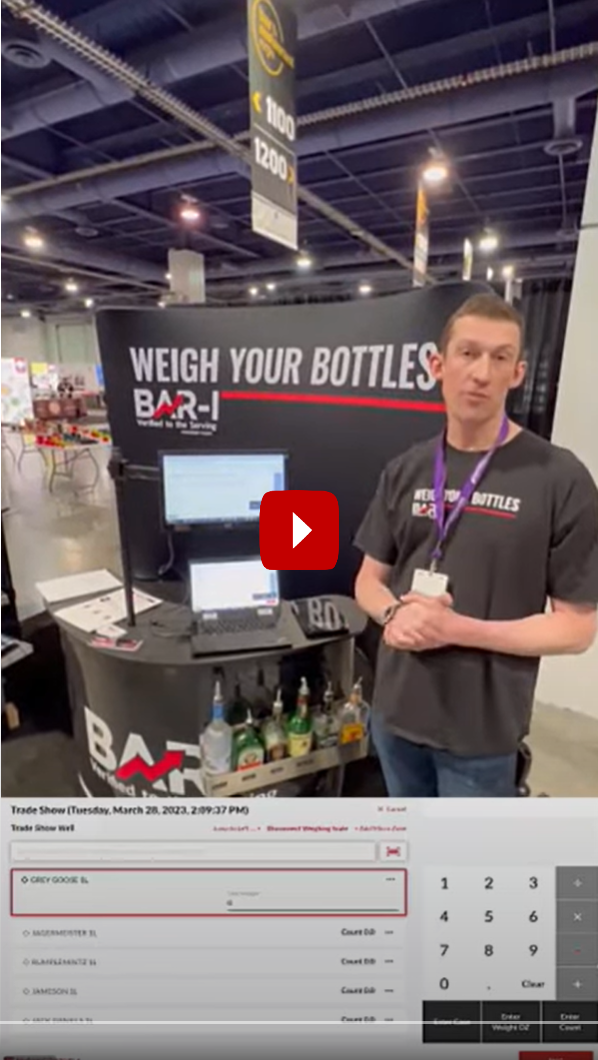This video blog provides a walkthrough of the handout we'll be presenting at this year's Bar & Restaurant Expo in Las Vegas on March 25th & 26th
Read more ›
This video blog showcases 5 specific details that the Pro version of our beverage inventory software provides. Most bars manage their bar performance based on liquor cost. Our
Read more ›
This three-minute video blog explains how you can capture an additional 3-6% of your bar's beverage sales as profits by significantly reducing shrinkage and turning some of those losses into retail sales.
Read more ›
Bar inventory is one of the more tedious tasks your managers must perform. It’s slow and time consuming, but bars still take inventory because they realize that it can be quite valuable when performed correctly using state-of-the-art bar inventory software.
Read more ›
At Bar-i, we often see a phenomenon we call the “Jesus pour” when we first start working with new clients. To be clear, the “Jesus pour” is a term unique to our internal Bar-i vocabulary. You won’t hear it when you work with other bar inventory providers. To ...
Read more ›
This video blog shows how you can halve the amount of time you spend counting inventory at your bar while also increasing accuracy.
Read more ›

